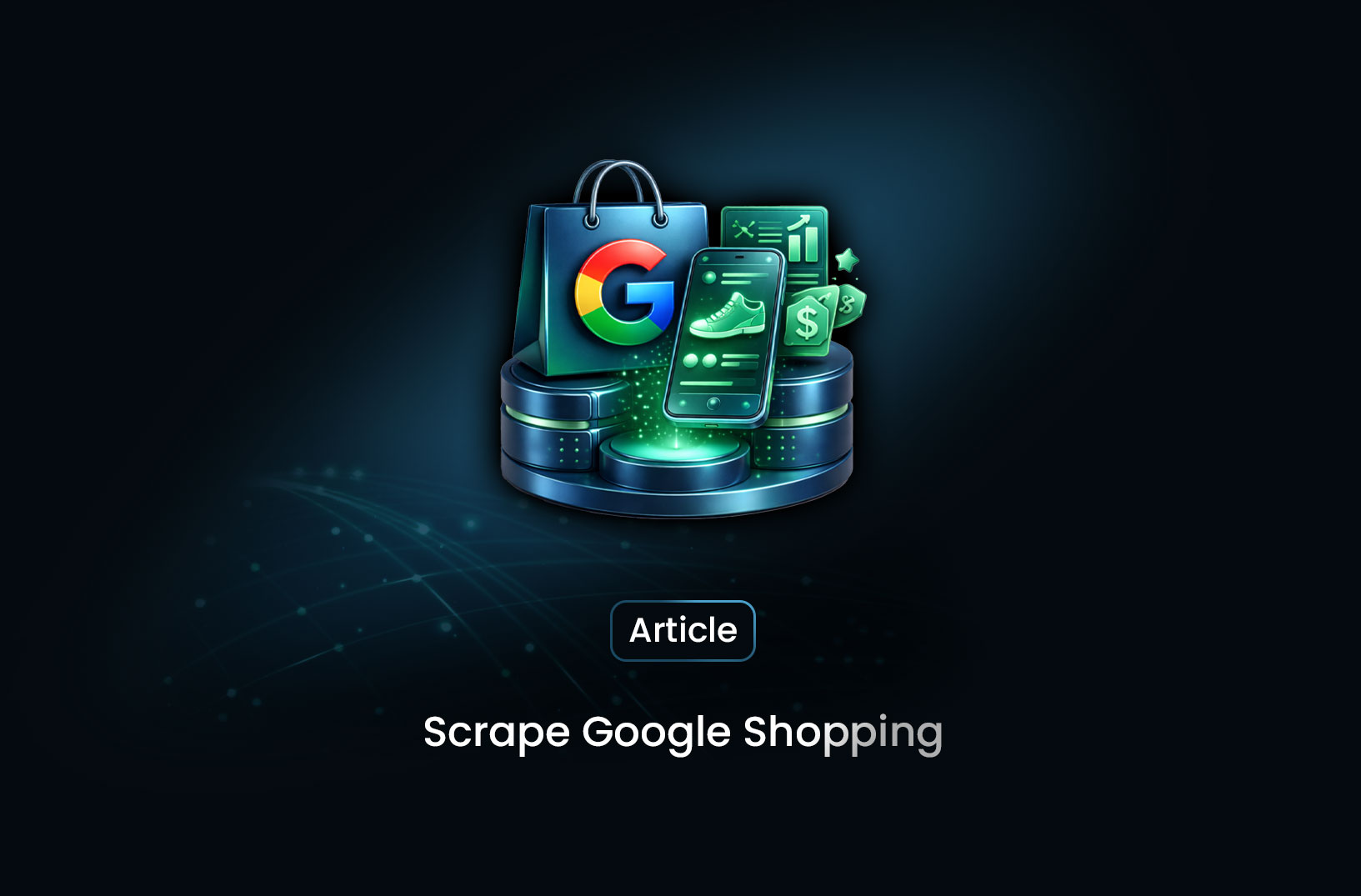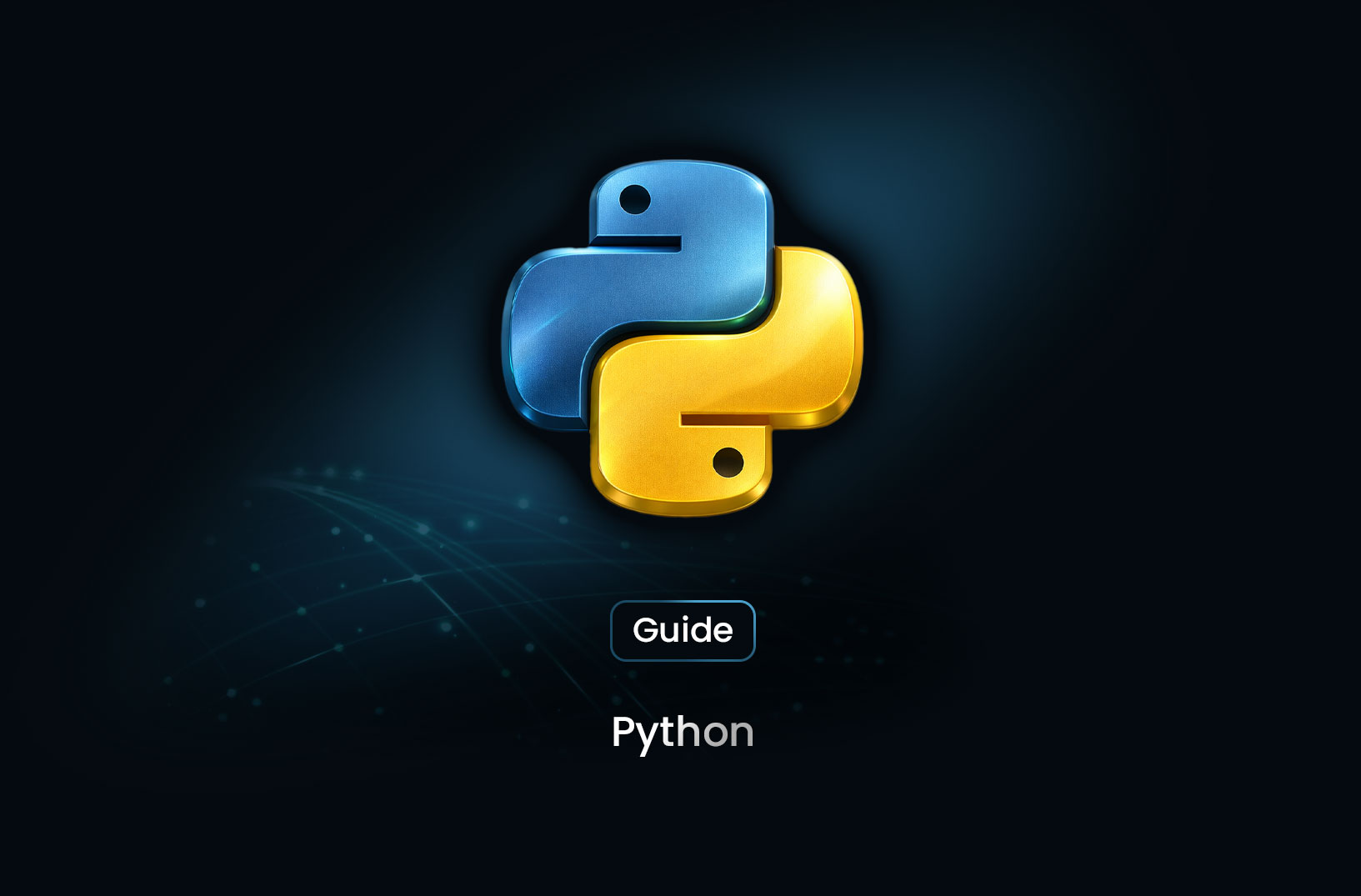
Data Server: A Beginner's Guide with Practical Use Case and Technical Steps
GuideA data server is a critical component in managing and distributing data efficiently. This guide explains what a data server is, how it works, a practical use case, and step-by-step instructions for setting one up as a beginner.
What Is a Data Server?
A data server is a computer system dedicated to storing, managing, and serving data to other systems over a network. It acts as a central repository, allowing multiple users or applications to access shared data efficiently.
Key Functions:
- Data Storage: Safely stores structured or unstructured data.
- Data Processing: Handles queries and processes data for analysis or reporting.
- Data Distribution: Shares data with clients or systems upon request.
Types of Data Servers:
- Database Servers: Store and manage structured data (e.g., MySQL, PostgreSQL).
- File Servers: Store and distribute files (e.g., PDFs, images).
- Application Servers: Serve data for applications or APIs.
Use Case: Centralized Data Management for an E-Commerce Website
Scenario
You run an e-commerce website and need a solution to manage product details, customer information, and order history. A data server can centralize these records, ensuring they are accessible to your application and analytics team.
Goal
Set up a data server to:
- Store product details, customer profiles, and order history.
- Provide APIs for the application to retrieve or update data.
- Support analytics queries to generate sales reports.
Understanding the Data Server Workflow
- Client Requests: Applications or users send requests to the server.
- Data Processing: The server processes the request using a database or file system.
- Response Delivery: Processed data is sent back to the client.
Example Flow:
- A customer searches for a product.
- The application sends a query to the server.
- The server retrieves the relevant product details from its database.
- The data is displayed to the customer on the website.
Step-by-Step Guide to Setting Up a Data Server
Prerequisites:
- A server or cloud instance (e.g., AWS EC2, Google Cloud VM).
- Basic knowledge of Linux commands.
- Installed software: MySQL or PostgreSQL (for database servers).
Steps:
1. Set Up Your Server Environment
Launch a server instance using a cloud provider or local machine. Install essential tools:
sudo apt update
sudo apt install -y wget curl
2. Install Database Software
Choose and install a database server like MySQL:
sudo apt install -y mysql-server
Secure your MySQL installation:
sudo mysql_secure_installation
3. Configure the Database
Log in to the MySQL shell:
sudo mysql -u root -p
Create a database for your application:
CREATE DATABASE ecommerce;
Add a user and grant permissions:
CREATE USER 'appuser'@'%' IDENTIFIED BY 'securepassword';
GRANT ALL PRIVILEGES ON ecommerce.* TO 'appuser'@'%';
FLUSH PRIVILEGES;
4. Add Data to the Server
Use SQL scripts to insert initial data:
USE ecommerce;
CREATE TABLE products (
id INT AUTO_INCREMENT PRIMARY KEY,
name VARCHAR(255),
price DECIMAL(10, 2),
stock INT
);
INSERT INTO products (name, price, stock) VALUES
('Laptop', 1200.00, 10),
('Mouse', 25.00, 200);
5. Access Data Programmatically
Use Python to connect to the database:
import mysql.connector
# Connect to the database
conn = mysql.connector.connect(
host="your_server_ip",
user="appuser",
password="securepassword",
database="ecommerce"
)
cursor = conn.cursor()
# Fetch data
cursor.execute("SELECT * FROM products")
for product in cursor.fetchall():
print(product)
conn.close()
6. Set Up Remote Access (Optional)
Allow remote connections to your database: Edit MySQL configuration:
sudo nano /etc/mysql/mysql.conf.d/mysqld.cnf
Comment out or adjust the bind-address:
# bind-address = 127.0.0.1
Restart the MySQL service:
sudo systemctl restart mysql
Technical Tips and Best Practices
1. Regular Backups
Use tools like mysqldump to back up your data:
mysqldump -u root -p ecommerce > ecommerce_backup.sql
2. Secure Your Server
- Use firewalls to restrict access.
- Enable SSL/TLS for encrypted communication.
3. Monitor Performance
Use monitoring tools like Prometheus or Grafana to track server health and database queries.
Conclusion
A data server is an essential tool for centralizing and managing information effectively. By following this beginner-friendly guide, you can set up a reliable data server tailored to your application needs. As you grow, consider scaling and securing your setup to handle more complex workloads.
Find more insights here

Scrape Google Shopping: What It Is and How It Works
Learn what Google Shopping scraping is, how it works, the data you can collect, common tools and met...

API Calls 101: Understanding How the Web Communicates
Learn what API calls are, how they work, and why they are essential for modern web and software syst...

Python: How to Add Items to a Dictionary
Learn how to add and update items in Python dictionaries using assignment, update(), setdefault(), l...
